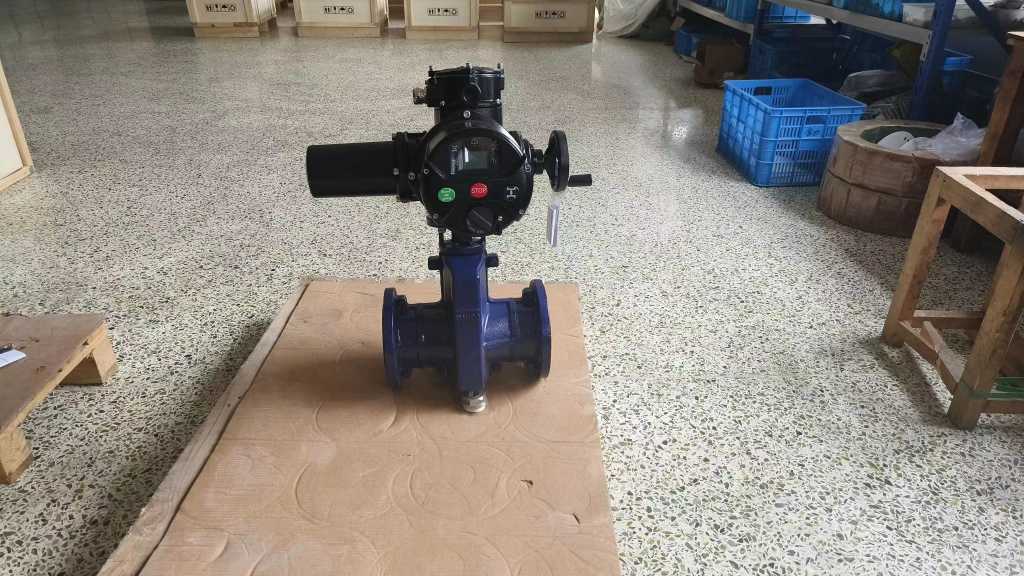The advancement of technology in fluid control systems has led to the development of a variety of valve types, each designed to meet specific operational requirements. One of the most innovative and increasingly popular types is the Lithium Battery Electric Pinch Valve. This valve, as its name suggests, combines the advantages of electric valve operation with the energy efficiency and compactness of lithium battery power. In this article, we explore the design, working principle, applications, and benefits of the Lithium Battery Electric Pinch Valve, highlighting why it has become a preferred choice in several industries.

Understanding the Basics: What is a Lithium Battery Electric Pinch Valve? At its core, a pinch valve is a type of control valve that regulates the flow of materials (often liquids or powders) by pinching a flexible tube or diaphragm. The valve’s basic structure consists of a tubular element made from elastomeric or similar flexible materials, which can be constricted or released to control flow. Unlike traditional ball or gate valves, pinch valves have the distinct advantage of providing a zero-leakage seal because the flow path is completely sealed when the tube is pinched shut. A Lithium Battery Electric Pinch Valve incorporates an electric actuator powered by a lithium-ion battery. This electric actuator provides precise control over the pinch mechanism, allowing for automatic operation without the need for compressed air or hydraulic systems. This battery-powered design makes it energy-efficient and ideal for applications where external power sources are limited or impractical.